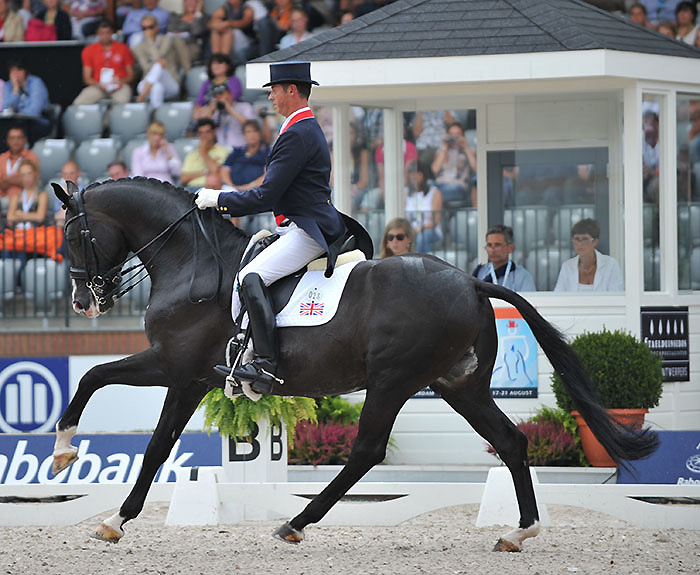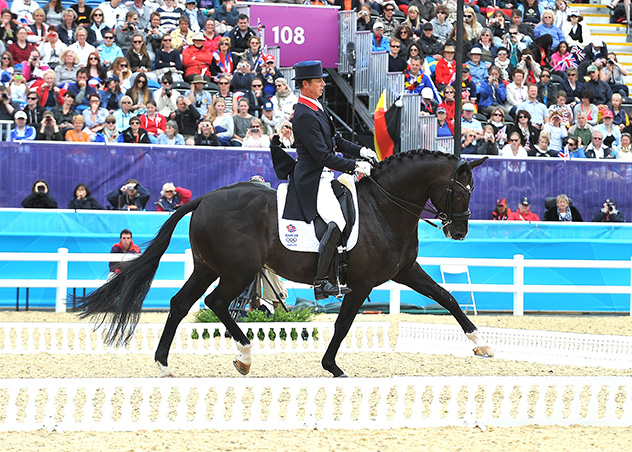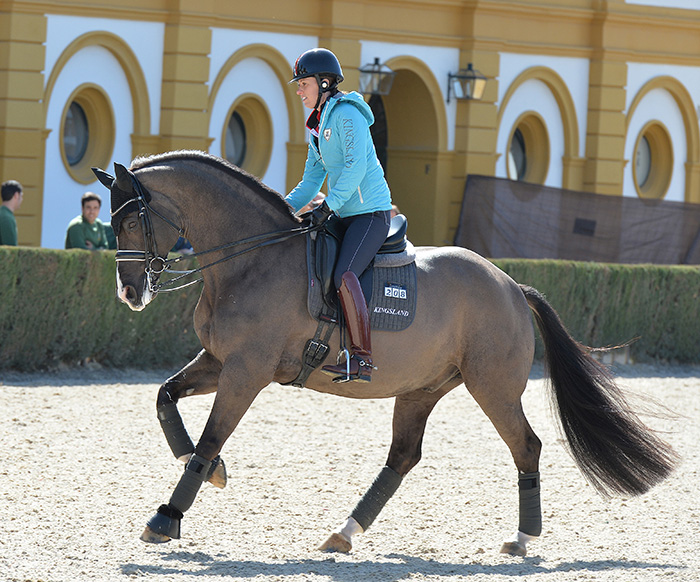“The horse cannot perform any of these movements well without arching (tensing) and relaxing the spinal column, which we call swinging. Swinging starts with the hind legs, travels through the spine to the head and the front legs and brings the horse into contact with the bit. The swings can be seen, felt and heard; the elasticity and power of the movements, the whole worth of the riding horse comes from them.”
In Gerd Heuschmann’s book, “Balancing Act: The horse in sport – an irreconcilable conflict?” Gerd discusses how the aggressive competition seat pushes the horse’s back away from the rider and results in a distortion of the horse’s natural movement.
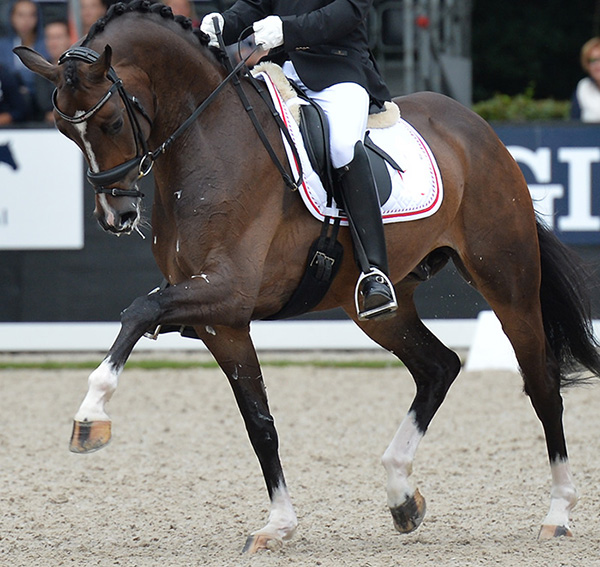
Dr Heuschmann’s insights are hardly modern, Gerd quotes from a document written by Berndhardt Hugo v Holleaffer in 1896, on the difference between a leg and a back mover – here’s the quote:
“I count as movements not only all gaits, walk, trot and canter, but also jumping over obstacles and the so-called school airs, including those performed on the spot.
The horse cannot perform any of these movements well without arching (tensing) and relaxing the spinal column, which we call swinging. Swinging starts with the hind legs, travels through the spine to the head and the front legs and brings the horse into contact with the bit. The swings can be seen, felt and heard; the elasticity and power of the movements, the whole worth of the riding horse comes from them.
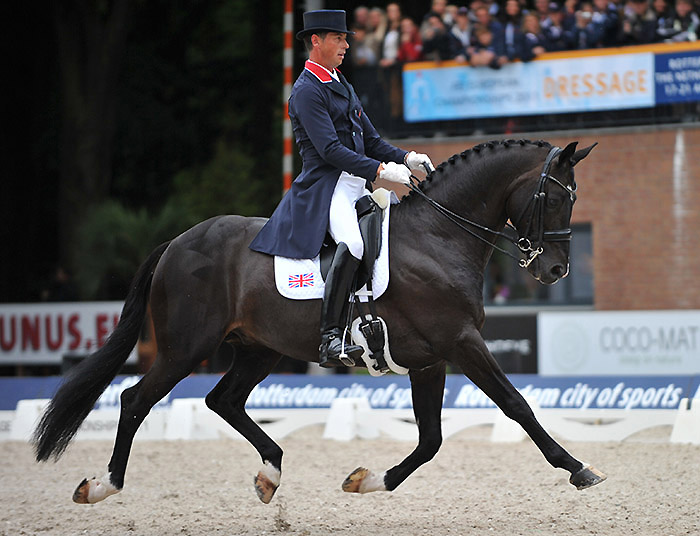
One differentiates between back movers and leg movers: The latter move without using the spine. The movements are hard and tense, not ground covering, are either rushing or too sluggish and earthbound. The leg mover is either behind the aids or leaning on the reins, and is not reliably obedient. Back movers use swinging to reach forward and down in all movement; the stronger and more playful the swinging, the more active and ground covering, the softer and more elastic, the more vigorous and resolute the movements are. The rider and horse stay healthy and in perfect obedience.”
